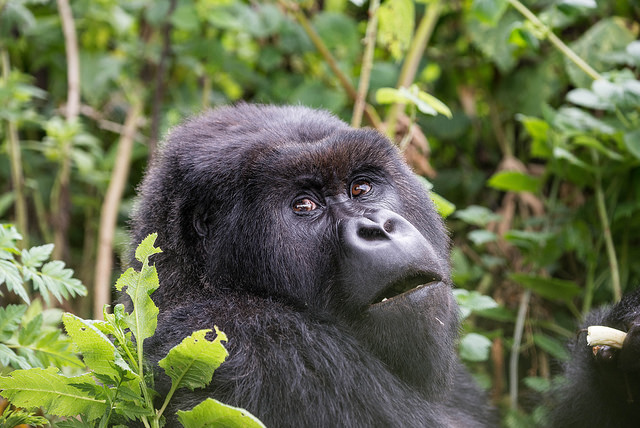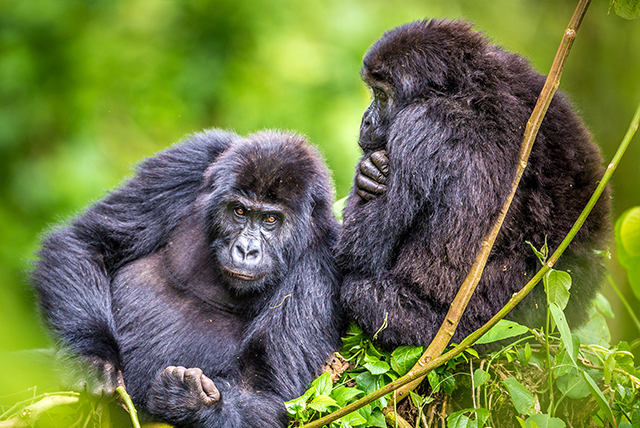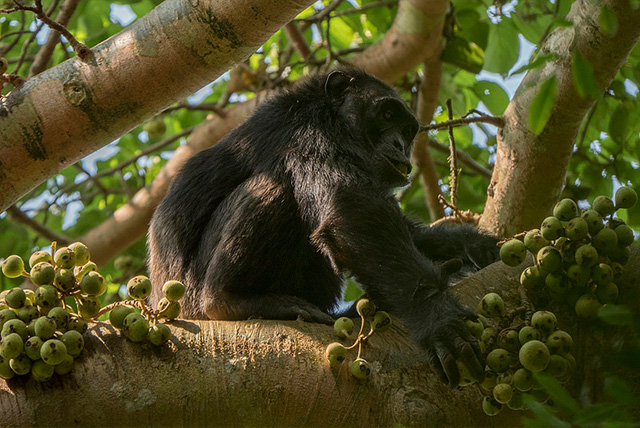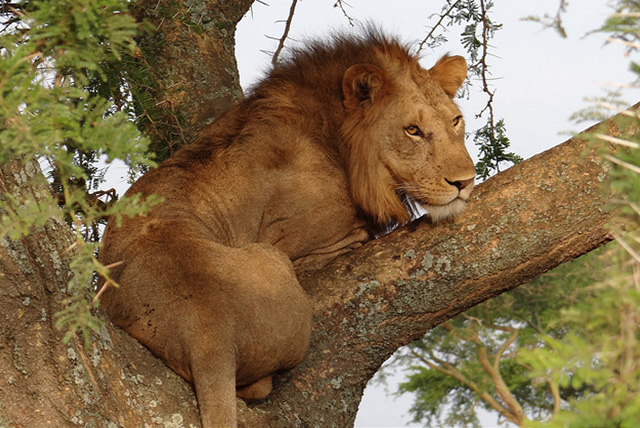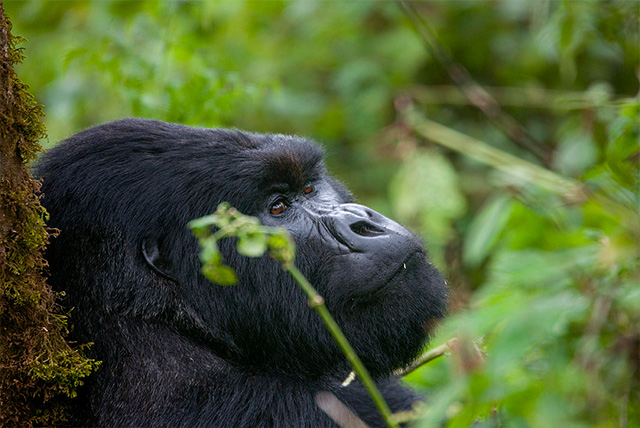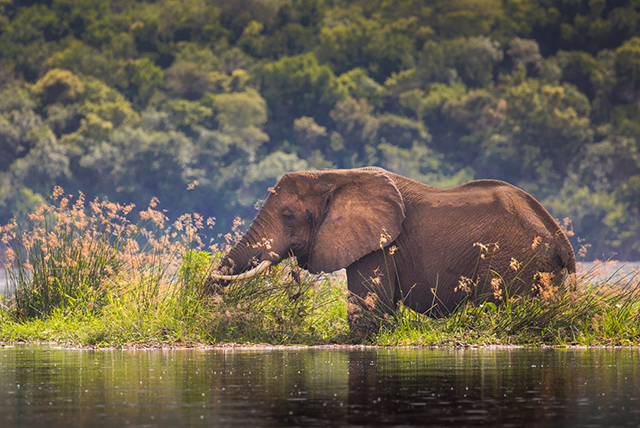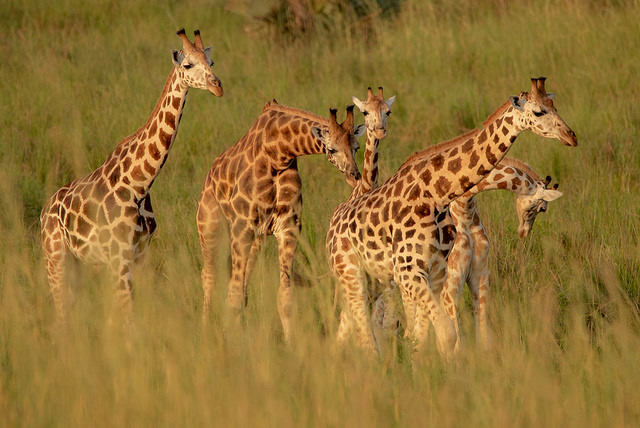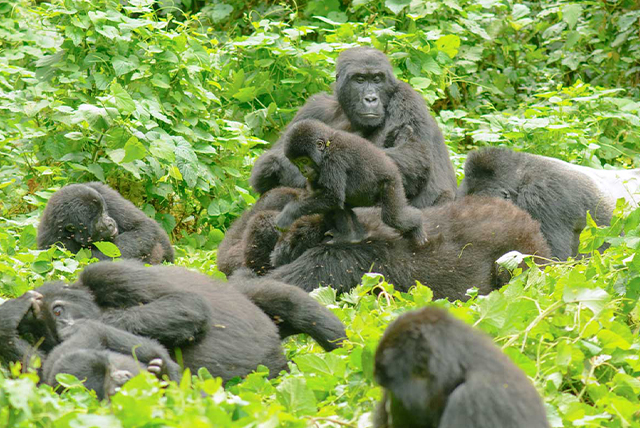Kenya Travel Advisory
In general, all travelers can safely visit Kenya. Kenya’s tourism business is well-established, and tourists’ safety is a key emphasis. Kenya Safari Tour operators are always up to speed on the latest information and will not transport guests to any site that is not considered safe. Every year, nearly a million tourists visit Kenya and have had extremely secure excursions. Kenya, like any other country, has its fair share of safety problems, particularly in major cities, but these are minor violations. These small crimes are common in major cities like Nairobi and Mombasa, but they can be avoided by following simple safety procedures. Petty stealing and pickpocketing are widespread vices in major cities around the world. If you intend to go out in the city, make sure to take safety precautions such as not carrying valuables, not traveling at night, not carrying a large amount of cash, and doing all possible to keep safe. To ensure your safety on Kenya Wildlife Safaris, follow all of the guides’ directions. Always remain in the safari vehicle and keep a safe distance from the animals.
Kenya travel Guide
Kenya Travel Advice
Safety & Security
Many travelers, particularly first-timers, ask, ‘Can I travel to Kenya?’ This wildlife-rich East African country is home to the Great Wildebeest Migration over the plains of the Masai Mara.
Although Kenya has been the subject of devastating terrorist acts in the past, it is crucial to note that these occurred far away from the main tourist destinations. Security has been increased at all airports, including Jomo Kenyatta and Wilson, as well as hotels throughout Nairobi.
For further Kenya travel advice, please read our expert blog ‘Is it Safe to Travel to Kenya?’, which is packed with vital information and insider perspectives on the present situation.
Money and Spending
Kenya’s national currency is the Kenyan Shilling, and while foreign currencies such as US Dollars are widely accepted (and even required for activities such as hot-air balloon safaris), we recommend using local currency to pay for bar bills, souvenirs, and meals that are not included in your itinerary.
Please keep in mind that due to the high amount of counterfeit notes in circulation, no US Dollar banknotes printed before 2003 are accepted in Kenya; in fact, your best bet is to carry notes printed after 2006.
Banking facilities and ATMs may be found in most of Kenya’s major tourist locations, and all major credit cards, including MasterCard, Visa, and American Express, are frequently accepted.
Banking hours are from 9am to 3pm Monday to Friday, and 9am to 11am on the first and last Saturday of the month for most banks.
Tipping
Tipping for good service is usual in Kenya, but it is entirely optional; keep in mind that some of the larger hotels will add a service charge to your bill. When there is no service charge, it is traditional to leave a 10% tip at city restaurants and pubs.
For detailed tipping rules, contact one of our Africa Safari Experts; they’d be delighted to share their knowledge with you.
Climate:
Average summer temperatures range from 20°C (68°F) to 34°C (93°F).
Average winter temperatures range from 18°C (64°F) to 29°C (84°F).
Rainy season: mid-March to June (“long rains”), and October to December (“short rains”).
Refer to the best time to visit Kenya for climate charts, information on the best animal watching times, and when to see the Masai Mara migration.
What to pack?
Pack light casual attire in neutral colours (avoid white, black, and blue) as well as a warm jacket for evening game drives. For more information on what to bring for a safari, see our Africa Safari Guide travel tips section.
In Kenya’s largest cities, the dress code is conservative but not unduly formal; jeans and modest blouses for women are acceptable. Swimsuits are permissible on the beach, but you must cover yourself in public areas.
Etiquette
Kenya is a fairly conservative society, particularly where Islam is prevalent, with a strong focus on civility and manners. When photographing locals, use caution and expect to be solicited for a reward in Kenya’s most popular destinations; however, the people of Kenya are generally easygoing, charming, humorous, and helpful, making touring and engaging with them a pleasure.
Air travel and transportation
Did you know you can book your flights with Adventure in the Wild Safaris? For more information and commonly asked questions, please visit our Flights section.
Jomo Kenyatta International Airport, East Africa’s largest aircraft hub, is located 13 kilometers / 8 miles outside of Nairobi and serves as a gateway to the Masai Mara, Amboseli, Mombasa, Kenya’s beaches, Zanzibar, and Tanzania. There are also excellent links from here to Uganda, Rwanda, and the Seychelles.
Wilson Airport is a minor airport located about 90 minutes by road from Jomo Kenyatta. It serves as the hub for practically all of Kenya’s domestic flights as well as fly-in safari areas. Make sure you have enough time between your international and domestic flights to transit between the two airports.
Moi Mombasa International Airport is located approximately 10 kilometers / 6.2 miles northwest of the town and serves as the gateway to the Kenyan coast.
Chartered planes are an excellent way to travel across Kenya and avoid the country’s often-dirt roads; transfers from airstrips to lodges are made in 4×4 vehicles.
Minibuses are commonly used for road transfers between airports and major destinations, as well as planned safaris to popular areas such as the Masai Mara. On game drives, passengers on small buses have ample viewing chances thanks to sliding windows and a pop-up roof, whereas safaris to more isolated sites and private conservancies are conducted in open-sided 4X4s.
Visa and Passport Requirements
Most travelers to Kenya, including those with British, American, Canadian, European, Australian, or New Zealand passports, must get a visa. Citizens of several minor Commonwealth countries are excluded.
Visas are valid for three months from the date of entry and can be bought on arrival at Jomo Kenyatta International Airport. Visitors can pay for their visas in local currency and must have a passport valid for at least six months after the initial date of travel.
If you intend to travel continue from Kenya, visas for other East African countries such as Tanzania and Uganda may usually be obtained in Nairobi for roughly US$50 each.
About Kenya: History and Economy.
Kenya’s independence from Britain in 1963 may have marked the beginning of a new chapter, but the country’s human history dates back to prehistoric times.
Kenya, located in the heart of a region from which modern humans originated some 150 000 years ago, has had its history affected not just by indigenous and migrating African ethnic groups, but also by European and Arabian traders, missionaries, and colonisers. Jomo Kenyatta was the first leader of independent, post-colonial Kenya, and his conciliatory rallying cry, harambee (all pull together), became the country’s motto.
Today, Kenya has the largest and most advanced economy in East Africa. Agriculture employs 75% of the workforce, but the service industry, led by tourism, generates over two-thirds of Kenya’s GDP.
People & Culture
Kenya’s largely young population (almost 75% of Kenyans are under 30) is made up of a variety of ethnic groupings, including the well-known Maasai. English and Swahili are the official languages (any attempts to speak Swahili would be warmly welcomed by locals!) The great majority of Kenyans identify as Christian. Approximately 10% of the population is Muslim, with the bulk living on Kenya’s Indian Ocean coast.
Landscape and Wildlife
Kenya, which straddles the equator, is dominated by the Rift Valley, an elevated region of lakes, hills, and mountains created by a 6,000km break in the earth’s crust. The undulating temperate grasslands of the central Rift Valley, which separate the flat coastal plains from the rich beaches of Lake Victoria, are home to a vast number of species and, as a result, Kenya’s most well-known parks and reserves.
Northern Kenya’s hot and arid scrublands are home to wilder, more distant parks and a diverse range of wildlife, whilst the Indian Ocean coast boasts long sandy beaches, coral reefs, and tropical islands.
Kenya’s ban on hunting, combined with private and community conservation activities, has helped to protect one of Africa’s most important large mammal populations. There are plenty of predators and plains game, as well as a diverse range of birds. It’s no surprise that numerous Kenyan parks offer the easiest wildlife viewing in Africa!
2. Nairobi: The Logistics Hub of East Africa
As most of our premier Kenya safaris commence or conclude in Nairobi, a layover in this city is virtually unavoidable. International travelers will arrive at Jomo Kenyatta Airport; however, Wilson Airport, located approximately 90 minutes away, offers regional and charter flights to Kenya’s premier sites, including the Masai Mara. Nairobi is a vibrant metropolis, the largest city between Johannesburg and Cairo, where one can encounter the genuine essence of ‘everyday Africa.’
It is advisable to avoid downtown Nairobi, particularly because the city’s primary attractions—such as the Karen Blixen Museum, the Giraffe Centre, and the Daphne Sheldrick Elephant Orphanage—are situated in its verdant suburbs. Regarding giraffes, a quintessential destination in Kenya is the extraordinary Giraffe Manor, where these gentle beings extend their heads through your bedroom window, creating an indelible experience. The Nairobi National Park, juxtaposed against a striking skyline of urban skyscrapers, is a sanctuary for lions, rhinos, zebras, and several antelope species, providing an excellent introduction to ethical wildlife interactions in Africa.
3. Lamu Archipelago: Quintessential Barefoot Luxury Coastal Experience
The unblemished Lamu Archipelago offers scuba diving and snorkeling on immaculate reefs, sunset dhow cruises, and swimming with dolphins, making it an ideal complement to a Kenya safari and an exemplary beach holiday. It is among the premier holiday places in Kenya for an extraordinary honeymoon retreat. Exquisite luxury accommodations are offered on both Lamu Island and the adjacent Manda Island.
4. Amboseli National Park: Optimal Perspectives of Mt. Kilimanjaro
Amboseli National Park, located a short distance from Nairobi, is the quintessential site in Kenya to appreciate the iconic vistas of Mount Kilimanjaro, which is paradoxically located in Tanzania. Significant wildlife watching occurs, particularly in the marsh regions of Amboseli; nonetheless, the park is frequently crowded, as this period is regarded as optimal for safaris in Kenya, necessitating the anticipation of sharing sightings with fellow tourists. Desire to investigate further? We provide an excellent guide for choosing between Kilimanjaro and Mt. Kenya, enhancing your travel experience significantly.
5. Laikipia Plateau: Exclusive Reserves and Exceptional Lodging
Kenya’s latest safari destination is situated just north of Nairobi on the edge of the enchanting Great Rift Valley. Laikipia, characterized by flourishing private reserves, opulent family-oriented lodgings, and recognized as one of Africa’s premier honeymoon locales, is an essential place for a Kenyan vacation. If you seek an exclusive and varied, intimate safari experience in Kenya, free from crowds, this is the option for you.
6. Mombasa and Kenyan Beaches: Family Resorts and Luxury Lodges
Amidst the focus on Kenya’s safari locales, one may overlook the country’s stunning tropical coastline. The sandy beaches and azure waters are regarded as some of Kenya’s premier holiday destinations. Mainland Mombasa is a favored location in Kenya, renowned for its comprehensive beach resorts; nevertheless, inquire about Kenya’s more exclusive mainland beach lodges that emphasize exclusivity, elegance, and pleasure.
7. Mount Kenya and the Central Highlands: Wildlife Observation in Solitude
Although the Masai Mara is undeniably captivating, travelers to Kenya seeking less congested safari locations might venture to the mountainous Central Highlands. Mount Kenya, Africa’s second highest peak at 5,200 meters, dominates the landscape of the region, which encompasses notable wildlife destinations including the family-oriented and multi-activity Meru National Park, the private Lewa Downs Conservancy at the foothills of Mount Kenya, Mount Kenya National Park, and the remarkable forests of Aberdares National Park.
Choosing between a visit to Mount Kenya and Kilimanjaro might be challenging, since each possesses its distinct allure. However, if you choose a leisurely Mount Kenya safari, any of these parks is suitable. UNESCO has recently declared that the Mount Kenya-Lewa Wildlife Conservancy will be incorporated as an extension of Mount Kenya National Park, thereby augmenting the protection of the area as a World Heritage Site and elevating the region to a premier tourist destination in Kenya.
8. Shaba and Samburu: Pristine Wilderness
Shaba and Samburu National Reserves are situated to the north of the area where Kenya’s savannah transitions into desert scrub and mountainous terrain. The landscape is striking, and in addition to a well-known array of traditional African fauna, you will encounter species absent from Kenya’s more renowned parks, rendering it one of the most attractive destinations in Kenya. Samburu National Reserve is regarded as one of the premier holiday destinations in Kenya, distinguished by its stunning topography and animals, and Shaba is similarly notable, albeit with a small variation in landscape.
9. Spectacular Game Viewing at Lake Nakuru
Lake Nakuru, located in the Great Rift Valley of Kenya, is a mere three-hour journey from Nairobi. It is home to a plethora of wildlife and breathtaking vistas. The 400 species of birds documented here are of greater interest to bird watchers, although rhino and hippo are among the heavyweights. During your visit, reserve a room at the Lake Nakuru Lodge for an unforgettable Kenyan vacation.

